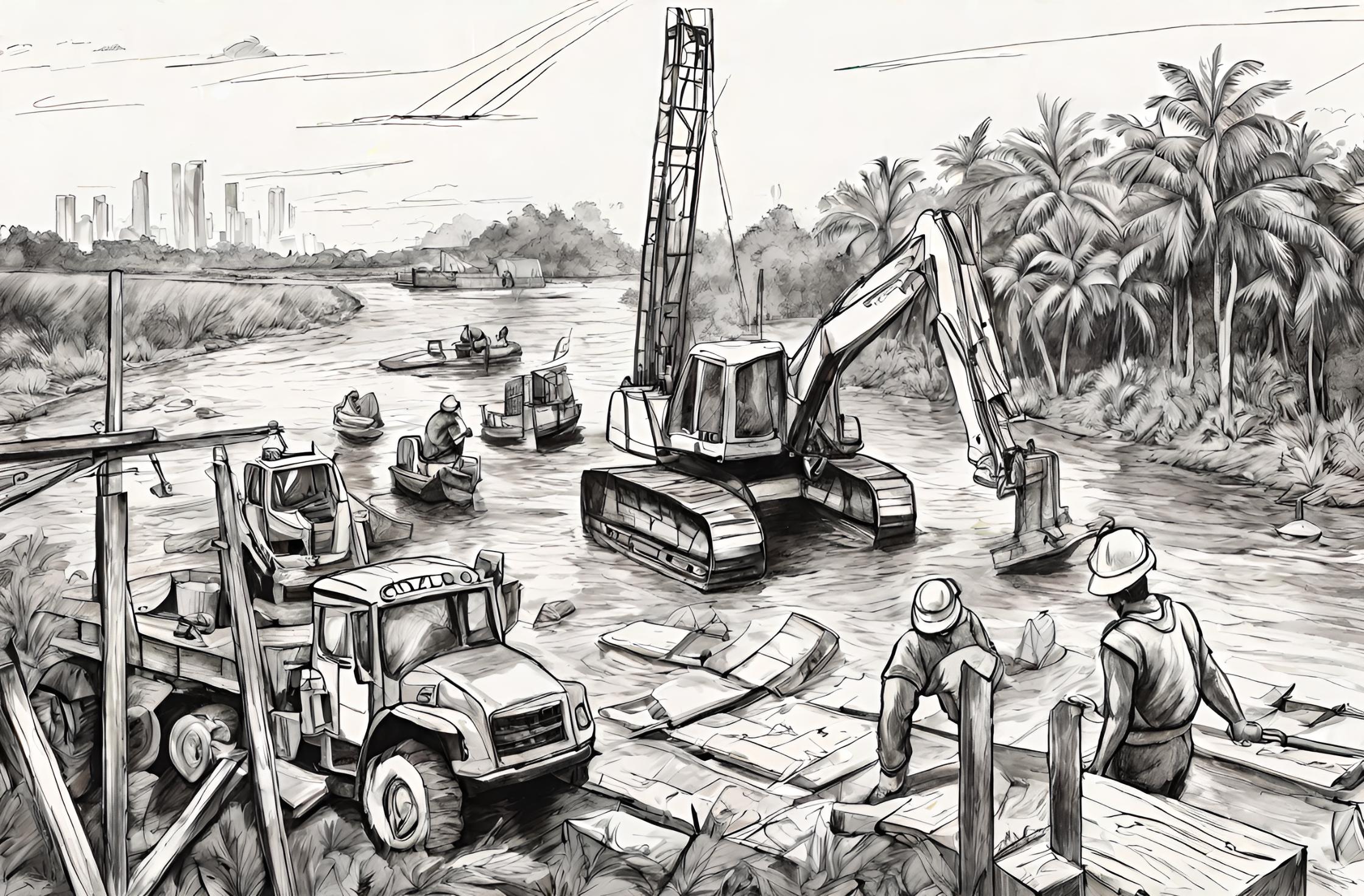Flashback to May 18
World History

On May 4, 1904, a significant event took place in Panama – the start of canal construction work by the Americans. This event marked a milestone in the ambitious project to create a passageway between the Atlantic and Pacific Oceans, known as the Panama Canal. In this article, we will delve into the historical significance of this event and explore the impact it had on global trade and transportation.
The idea of constructing a canal in Panama dates back to the early 16th century when Spanish explorers recognized the strategic potential of connecting the two oceans. However, it wasn’t until the late 19th century that serious efforts were made to bring this vision to fruition. After failed attempts by the French, the United States took up the challenge and began pursuing the construction of a canal in Panama.
The start of canal construction work on May 4, 1904, signaled the American commitment to this monumental project. Led by Chief Engineer John F. Stevens, the United States aimed to overcome the various challenges that had thwarted previous attempts. These challenges included disease, especially malaria and yellow fever, as well as difficult terrain and unstable geological conditions.
To combat the issue of diseases, the American engineers implemented strict sanitation measures and improved living conditions for the workers. They also initiated a comprehensive campaign to eradicate the mosquito population, which was responsible for spreading diseases. These efforts proved to be groundbreaking in the field of public health and set new standards for future construction projects in tropical environments.
Another crucial aspect of the American approach was the use of modern engineering techniques. Innovations such as hydraulic rock drills, steam-powered shovels, and the excavation of the Culebra Cut (now known as the Gaillard Cut) significantly expedited the construction process. The Culebra Cut was perhaps the most challenging part of the project, as it required the removal of an enormous amount of rock and dirt to create a navigable channel.
Furthermore, the Americans expanded and improved upon the original plans for the canal. They constructed new locks, which would allow ships to navigate the canal through a series of chambers, effectively lifting them to the necessary water levels. This innovative solution, along with the improved excavation techniques, helped to alleviate concerns about the feasibility of the project and solidify the Americans’ commitment to its completion.
The construction of the Panama Canal had significant implications for global trade and transportation. Prior to its completion in 1914, ships had to undertake the arduous journey around the southern tip of South America, known as Cape Horn. This route added thousands of miles to journeys and increased costs and risks for international trade. By creating a shorter and safer passage through Panama, the canal opened up new opportunities for global commerce.
The canal’s strategic importance was further highlighted during the two World Wars when it served as a vital route for military vessels. Its significance continues to this day, facilitating the movement of goods between the Pacific and Atlantic Oceans, and saving both time and money for shipping companies and international trade.
the start of canal construction work in Panama on May 4, 1904, was a significant event that set in motion the creation of the Panama Canal. The American engineers’ innovative approaches, from disease control to improved excavation techniques, played a pivotal role in overcoming the challenges associated with this ambitious project. The completion of the canal revolutionized global trade and transportation, making it one of the most important engineering feats of the 20th century.
We strive for accuracy. If you see something that doesn't look right, click here to contact us!
Sponsored Content

Nuclear test: Under project…
On May 18, 1974,…

Deportation of Crimean Tatars…
The Deportation of Crimean…

Pamela M Cunnington, English…
On May 18, 1993,…

Completion of the Warsaw…
On May 18, 1974,…

In Ireland, scene of…
In 1983, Ireland witnessed…

The First Legislative Yuan…
On May 18, 1948,…

